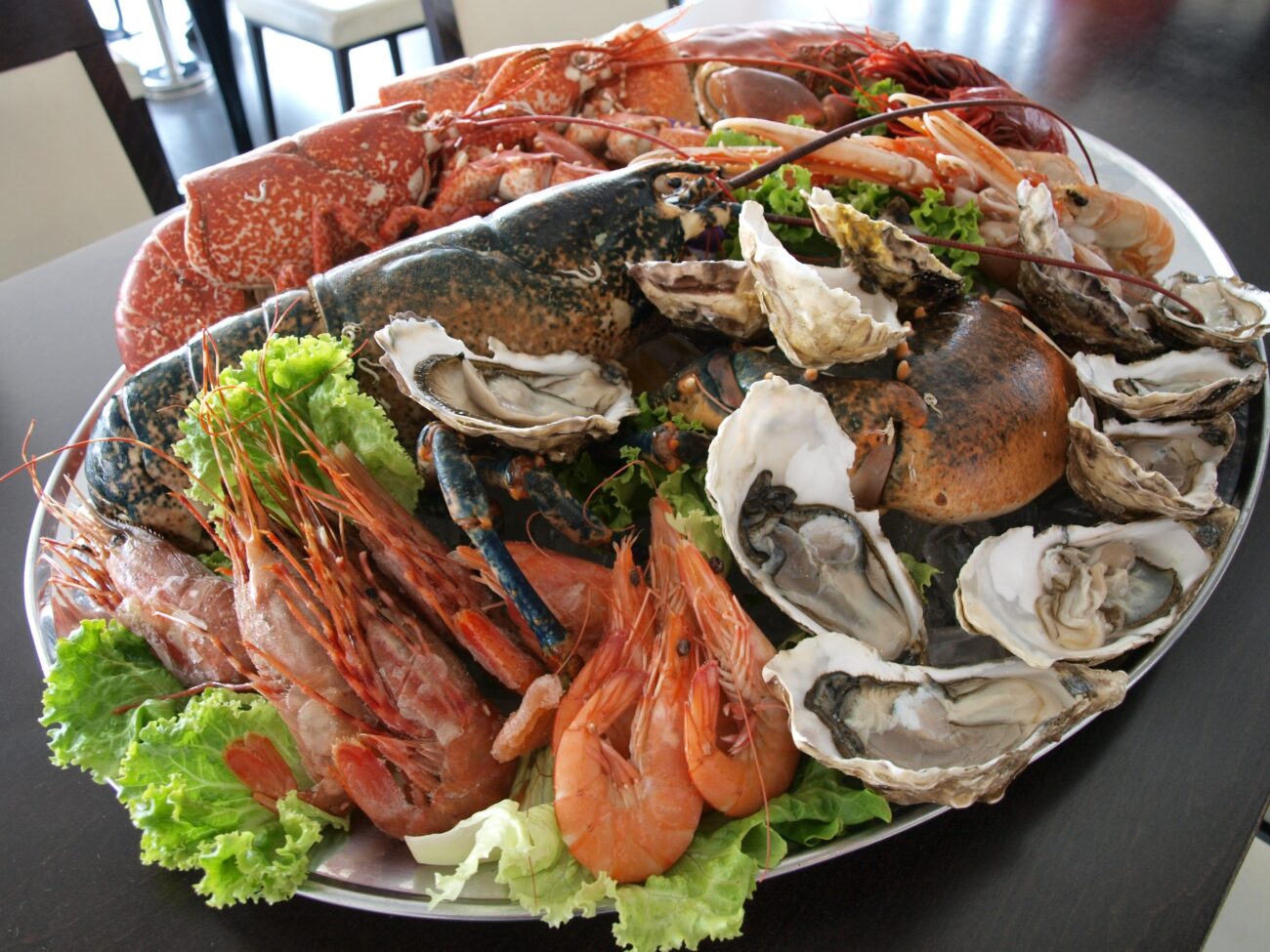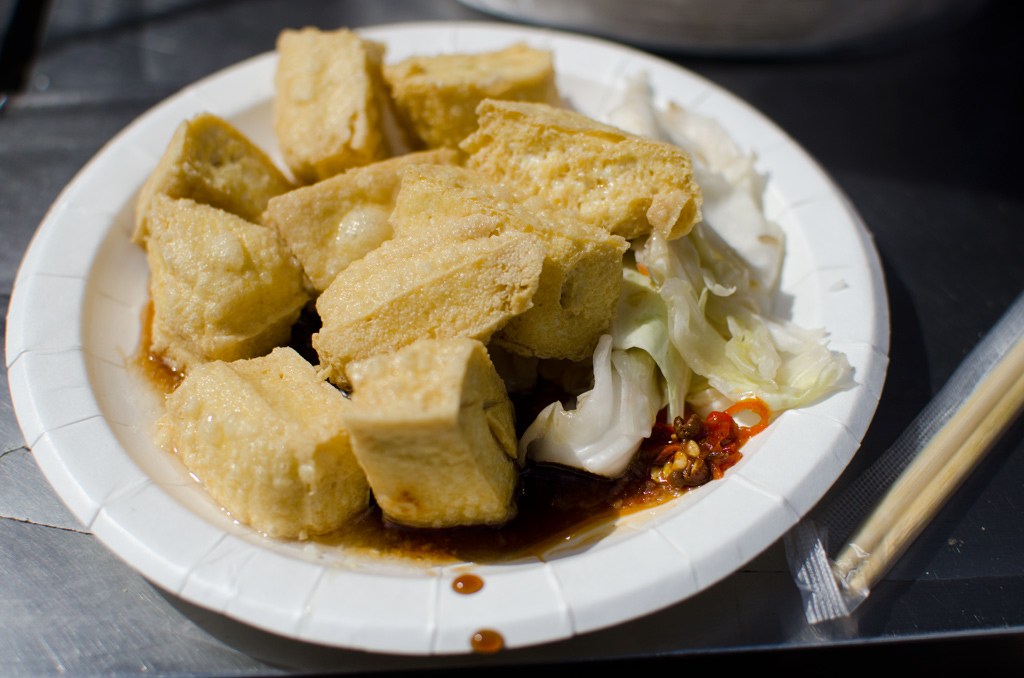Racing through the outlet mall with friends, hunting for that perfect Coach bag at “70% off”—the adrenaline hits like finding concert tickets at face value. The leather feels right, the logo gleams, and the price tag promises luxury without the guilt. But that bag sitting in your hands was never destined for a flagship store window.
The Manufacturing Truth Behind Outlet “Bargains”
Most designer outlet merchandise is produced exclusively for outlets, not transferred from luxury boutiques.
The outlet industry’s best-kept secret isn’t really secret at all—it’s printed right on the products. That Coach bag carries a serial number starting with “F,” marking it as outlet-exclusive manufacturing. Kate Spade outlet items feature hollowed-out spade icons on their tags, while Banana Republic Factory stamps three small diamonds on labels.
These aren’t quality control errors—they’re deliberate markers separating outlet goods from their full-retail siblings. Designer brands now operate dual manufacturing streams: premium goods for flagship stores and simplified versions for outlet consumption.
The outlet Coach bag uses fewer stitches, thinner leather, and simplified hardware. It’s designed to look like luxury while cutting production costs that enable those eye-catching discounts. Brands like Michael Kors and J.Crew follow similar strategies, creating products that mimic their mainline aesthetics while using lower-grade materials and less rigorous quality standards.
The Psychology of Outlet Pricing Theater
“70% off” tags create urgency around products that were never sold at those inflated original prices.
Outlet pricing operates like restaurant wine lists—the “original” price rarely reflects market reality. That $150 outlet purse marked down from $500 might deliver quality equivalent to a $60 department store bag, designer label notwithstanding. The psychological theater works because humans love feeling smart about deals, especially when shopping becomes a social bonding ritual.
Outlets deliberately market toward group shopping experiences, emphasizing “girls’ days” and friendship social bonding. This social framing can cloud critical evaluation—you’re not just buying a bag, you’re participating in an experience that feels empowering and achievement-oriented.
The manufactured urgency of deep discounts triggers impulse decisions. When everything appears 60-80% off, the fear of missing out overrides careful quality assessment.
Genuine overstock does occasionally appear at outlets, typically marked “retail” with special label indicators. Sales associates can identify these authentic transfers, though they represent a minority compared to factory-produced outlet inventory.
The real bargain isn’t the discount percentage—it’s understanding exactly what you’re buying before you buy it. Smart outlet shopping means looking past the percentage signs to evaluate actual construction quality and fair market value. The thrill of the hunt doesn’t require buying the hype.


















